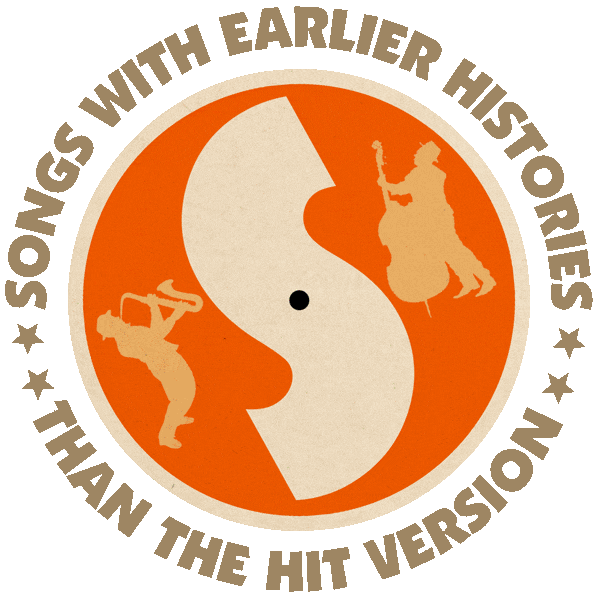First recorded by Hank Snow (1949).
Hit versions by Lonnie Donegan (1956), Tony Sheridan & the Beat Brothers (1961 |B-side US #19/UK #29 1964), Karen Young (UK #6 1969), Hank Williams Jr. (C&W #46 1969), The Traveling Wilburys (UK #44 1990).
From the wiki: “‘Nobody’s Child’ was written by Cy Coben and Mel Foree and was first recorded by Hank Snow in 1949, becoming one of his standards although it did not chart for him. The song lyrics are about an orphan whom no one wants to adopt because he is blind, and has been covered a number of times, mostly in the UK.
“It was on Lonnie Donegan’s first album in 1956 (which went to #2 as an album in the UK). It was covered by Tony Sheridan & the Beat Brothers (The Beatles) in 1961 in Hamburg and was used as the B-side to both the ‘Ain’t She Sweet‘ and ‘Sweet Georgia Brown‘ singles when released in 1964 as part of Beatlemania. (Beat Brother/Beatle George Harrison would later cover ‘Nobody’s Child’ as one of the Traveling Wilburys twenty-five years later.)

